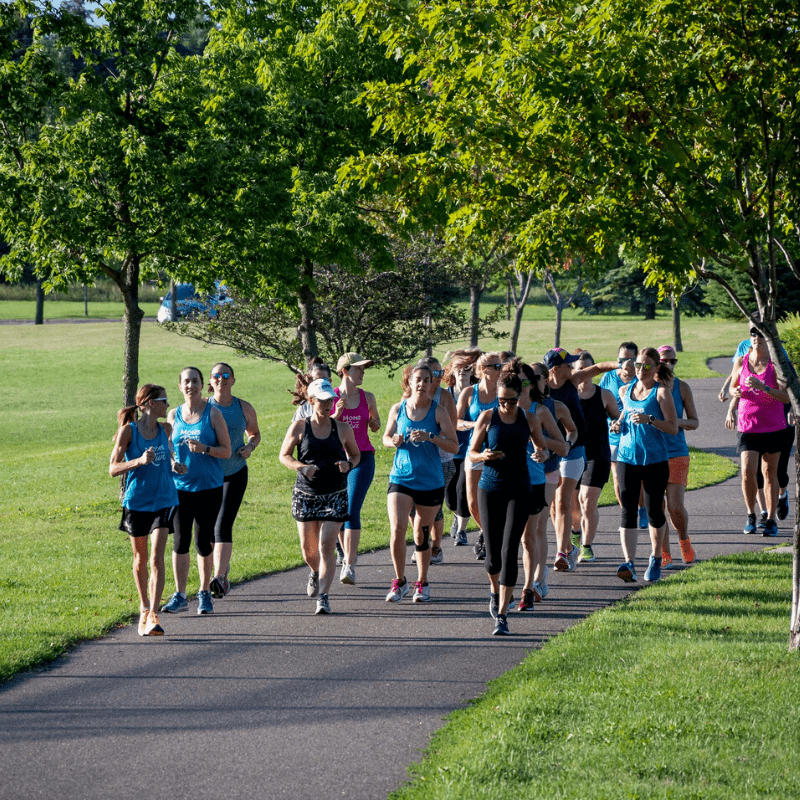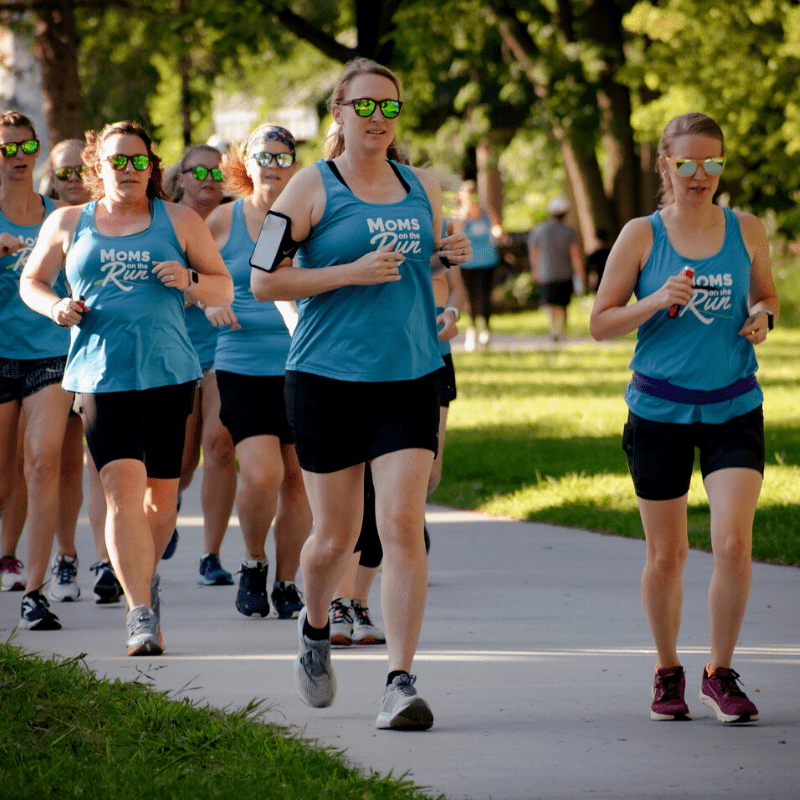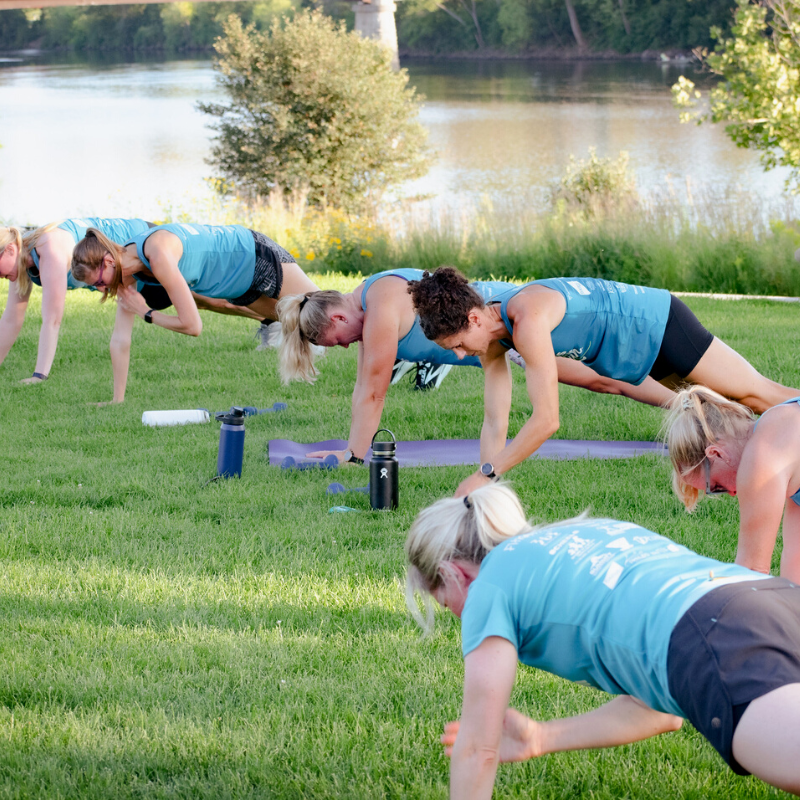Take your aches and pains seriously, especially when they become a nagging issue that is interfering with your workouts. While your coach may be able to offer some basic tips, it is important to get professional advice when anything becomes prolonged.
ENEMY #1 – SHIN SPLINTS
Purchase new running shoes no less than once a year or once every 300-500 miles. This is a general guideline, but it’s a great idea to bring your shoes in to have them evaluated for wear and see if you should be swapping more often.
Consider making “toe taps” a part of your daily life to prevent shin splints. Another great idea to strengthen the shin/ankle area is to “write” the alphabet with your foot, every other day. Foam rolling of the lower legs is recommended and proper stretching is also critical. You will need to scale back or rest completely if you get shin splints. Please deal with any shin or joint pain – even minor – by icing immediately after a workout for 15-20 minutes (after stretching is complete), and repeat a few times over the next day.
Proper form will also help to prevent shin splints. Many beginners are heavy “heel strikers.” Practice landing in a position where your weight rolls from heel to toe, with most of the impact occurring mid-foot. Shin sleeves or compression socks are another helpful tool for many.
ENEMY #2 – SIDE ACHES
While side aches may not be technically an injury – they are very annoying!
It helps to massage them and lift your arm above your head, however it helps even more to prevent them. This can be done most easily by staying hydrated and having strong core muscles. Keeping strong muscles in that area of your body will keep things tight and moving around less.
One primary cause is actually dehydration. Keep your water intake high all the time, not just before your run…excessive water beforehand is not recommended and can make them worse. There are also breathing techniques that can help, such as coordinating your breathing with your stride and breathing deeper. Your instructor may have additional tips as well.
OTHER TIPS
- Good support in your shoes (preferably name brand, professionally fitted running shoes) – see Gear section. PLEASE DO NOT USE “shape-up” or “toning” shoes. They are not safe for running.
- Choose to avoid concrete whenever possible! Stay on the paved trail, or if you are careful with your step and have strong enough ankles, it is a great idea to run on the softer surface of grass or dirt next to the trail. Choose the street instead of the sidewalk when you work out on your own, but only if you live in a quiet neighborhood. Always run on the left side facing traffic.
- Your running stride – Your instructor will address this individually with you if she notices any issues. Try to stay low to the ground (not too much “bounce”) and keep your toes and heels pointing straight forward (if you excessively pronate or supinate customized shoes or sometimes custom orthotics are recommended). Keep your shoulders relaxed and arms parallel to your body; avoid crossing them in front of you.
- Static stretching is best done after a workout, when your muscles are warm. We will stretch every time after. Before the workout we will participate in dynamic stretch warm-up activities to prepare us for the run.






